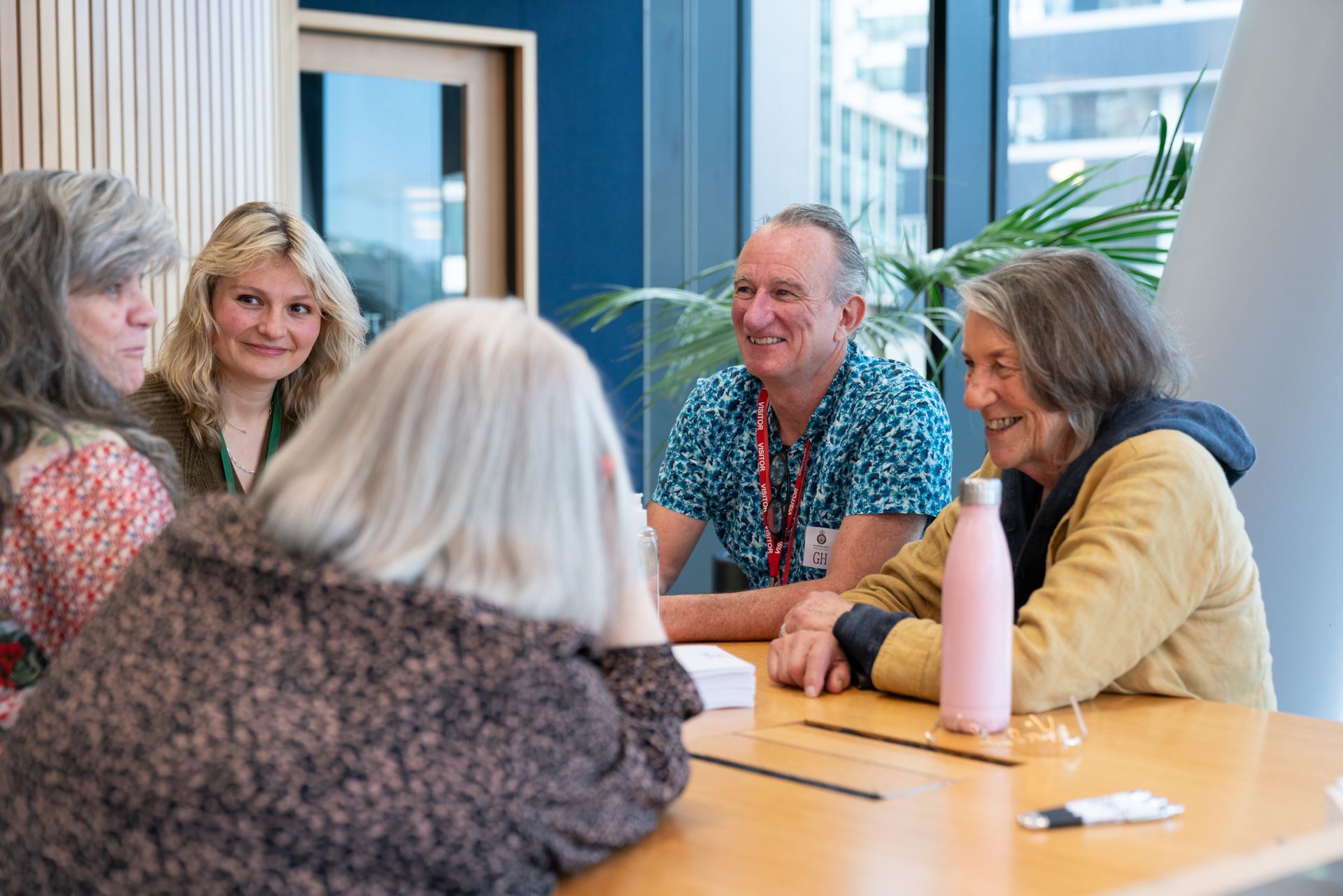Making Financial Reporting Accessible
Simplifying year-end financial reporting is essential for smaller organisations.
Many of our member organisations, as well as Community Networks Aotearoa, are completing year-end financial reporting and preparing for Annual General Meetings. Presenting the results can be a stressful time, especially for smaller organisations that don’t have dedicated accounting teams. I have served as Treasurer for both large and small organisations, and along the way, I’ve found a few helpful practices. It’s important that everyone has a clear understanding of how the organisation is performing and its overall financial position. An operating loss for a single year doesn’t have to be alarming if the organisation has set aside reserves for a rainy day.
If you are preparing to report, remember that not everyone loves accounting and that financial reports can be difficult for many people to understand. Accounting terms and jargon can be confusing. For example, what most people commonly refer to as a "Balance Sheet" is formally known as a "Statement of Financial Position." When reporting, we need to be technically accurate, but we also need to communicate effectively with our stakeholders. This means reducing jargon whenever possible and using plain language.
When explaining revenue and expenses (also known as the "Statement of Financial Performance"), a page of numbers is great for those who want a lot of detail but can be hard to interpret for others. I find that a few pie charts or bar graphs can make the information more accessible. On the revenue side, a chart showing what came from contracts, fundraising activities, and philanthropic grants can visually display the relative size of each source. On the expense side, there is typically a much longer list of items. Grouping these into a few expense categories, such as staff & volunteers, administrative, and programme/delivery expenses, can make them easier to understand.
Providing the formal accounting reports, whether audited or not, is a typical requirement for an Annual General Meeting. Supplementing these with a few charts or graphs is a way to make the reports more accessible. This is especially important in the current operating environment, where many organisations are facing increased operating expenses (e.g., electricity, insurance, and fuel) and shrinking revenues from traditional sources.
For those wanting to increase their overall understanding of financial requirements, our Tick for Governance course includes a plain language module covering all the essentials.






